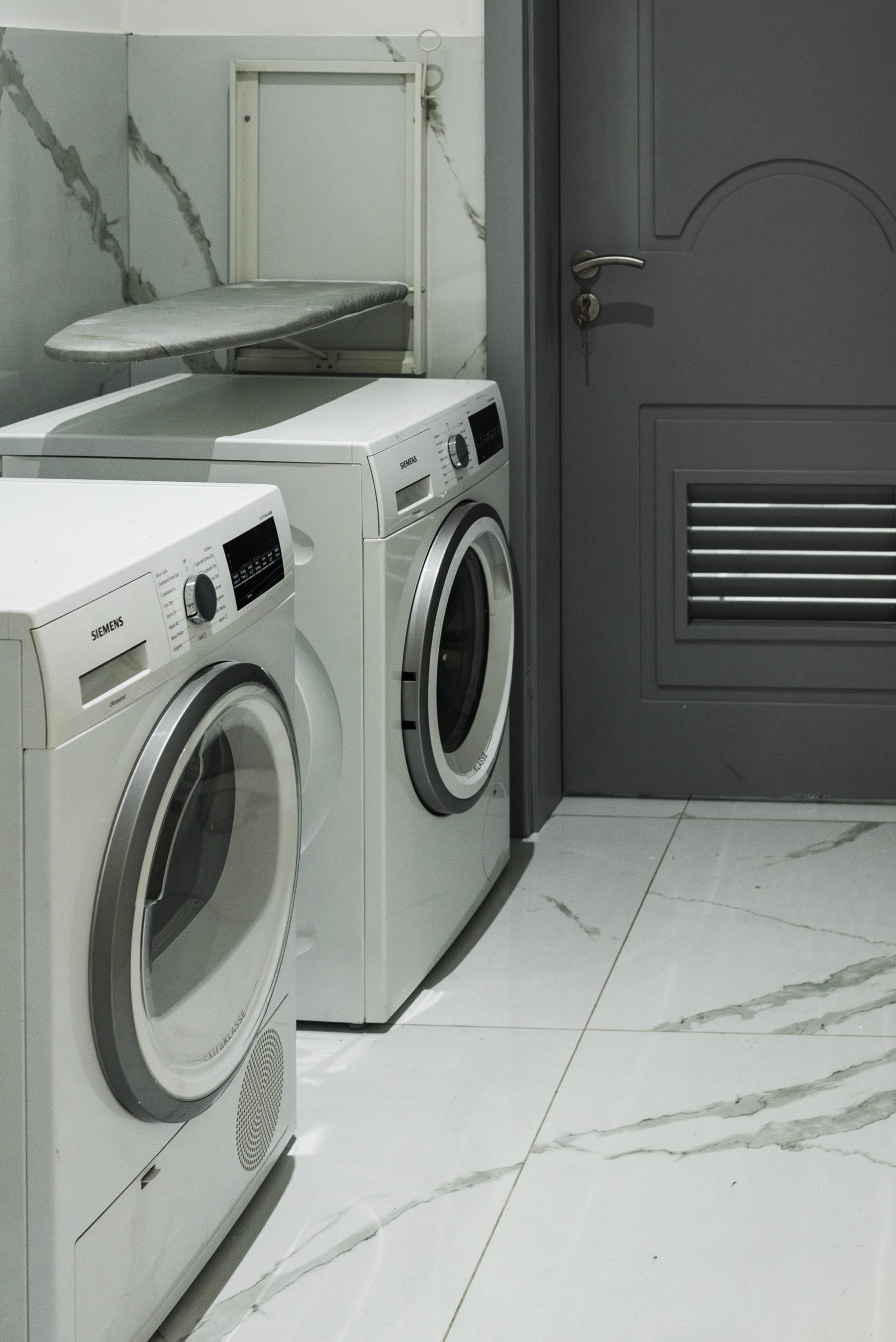How to troubleshoot washer and dryer:
When essential home appliances like washe and dryer start acting up, it can be a very frustrating experience for the homeowner. Washers and dryers are found in almost every home. However, before you get a repair technician involved, there are a few troubleshooting steps you can take to diagnose and fix the issue on your own. In this piece, we’ll go over some common issues that arise with your washer and dryer, as well as the solutions to those issues.
The washer won’t turn on:
Check to see that your washing machine is plugged in and that the circuit breaker hasn’t been tripped if it won’t turn on. Check the door latch and the lid switch if the power supply seems to be functioning normally. The washer won’t start if the switch is broken, so check it regularly. In order to determine whether or not the switch maintains continuity, you can use a multimeter.
The washer will not fill up:
Check the water supply hoses as well as the screens that are located in the inlet valve if your washer won’t fill. It is possible for the screens to become clogged with debris, which will prevent water from entering the washer. If the hoses and screens appear to be in good condition, use a multimeter to examine the water inlet valve and determine whether or not it is operating as it should.
The washer won’t drain properly:
It’s possible that a clogged drain hose or pump is the cause of your washing machine’s inability to drain. Check the drain hose for any kinks or obstructions, and look over the pump for any debris that may be preventing it from functioning properly. You can also use a multimeter to examine the pump to determine whether or not it is operating effectively.
The washer is unable to spin:
It’s possible that your washer’s drive belt is broken or worn out if it’s not spinning properly. Once the back panel of the washer has been removed, you will have access to the belt. Examine the belt for any traces of wear or damage, and replace it if it has been compromised in any way. A broken motor coupler, which is the part of the washer that connects the motor to the transmission, is yet another potential reason why a washing machine won’t spin.
The dryer won’t turn on:
If the dryer in your home will not turn on, check the power supply and ensure that the circuit breaker has not been tripped. Additionally, test the door switch to determine whether or not it is operating correctly. In the event that the door switch is defective, the dryer will not begin operating. Using a multimeter, you can determine whether or not the switch has continuity.
The dryer is not heating up:
It’s possible that the thermal fuse, heating element, or thermostat in your dryer are broken, which would explain why it won’t heat up. Use a multimeter to determine whether or not the thermal fuse has been compromised. If it is, you should change it. Using a multimeter, you can check the thermostat as well as the heating element to see if they have continuity.
Dryer is making strange noises:
It’s possible that the belt, rollers, or bearings in your dryer are worn out or damaged, which is causing it to make odd noises. By removing either the front or the back panel of the dryer, you will have access to these parts. It is important to check the components for any signs of wear or damage and to replace them if necessary.
The clothes aren’t getting dry fast enough in the dryer:
If the clothes in your dryer are taking an unusually long time to dry, check the lint filter and the exhaust vent to ensure that they are not blocked. Airflow can be restricted when filters and vents are clogged, which can result in drying times that are significantly increased. Using a multimeter, you can examine the thermostat as well as the heating element to determine whether or not they are functioning appropriately.
Conclusion:
In conclusion, diagnosing and fixing problems with your washer and dryer can save you both time and money on the costs of repairs. Your home appliances’ lifespans can be extended, and their functionality can be guaranteed, if you recognize and address the most common issues that arise with them. It is always best to call in a professional if you have any doubts about the repairs that need to be done or if you do not feel comfortable working with the electrical components. You can troubleshoot and fix the majority of issues that arise with your washer and dryer on your own as long as you have some patience and a few fundamental tools.
See also: How to shop for Washer and Dryer


